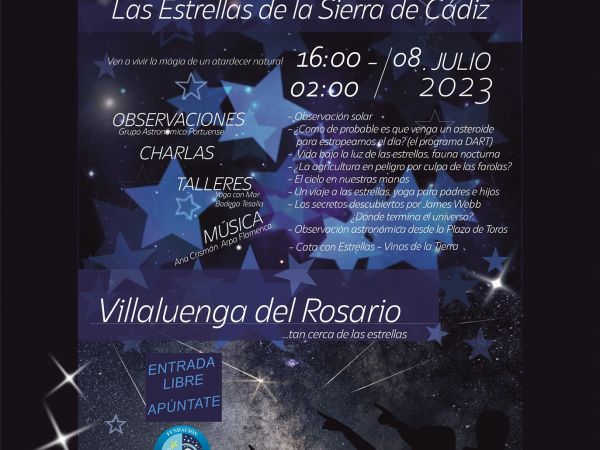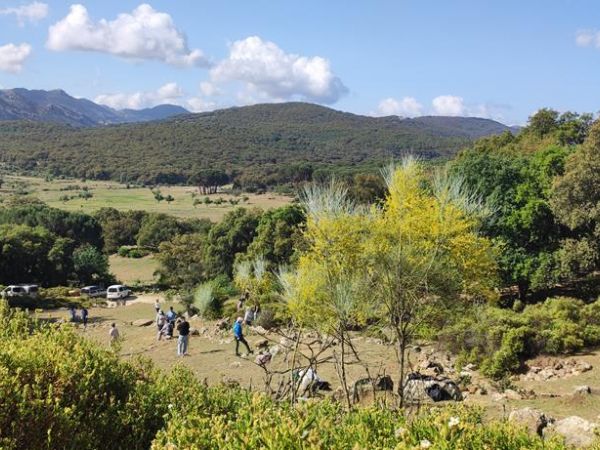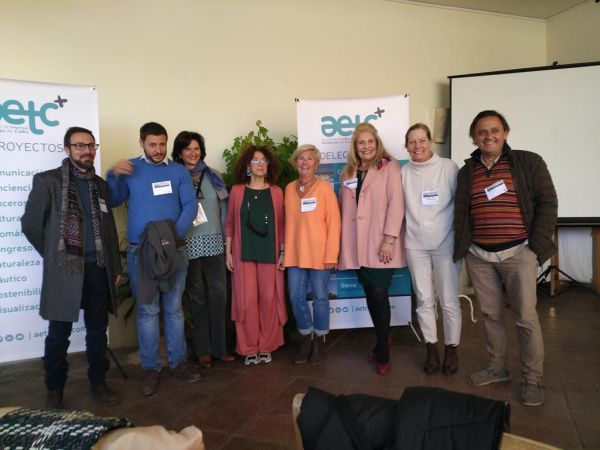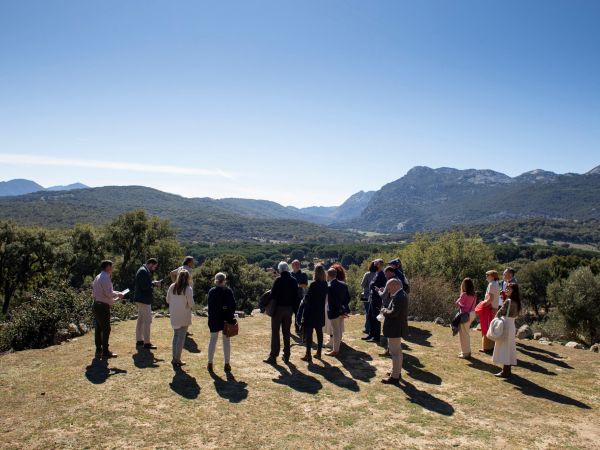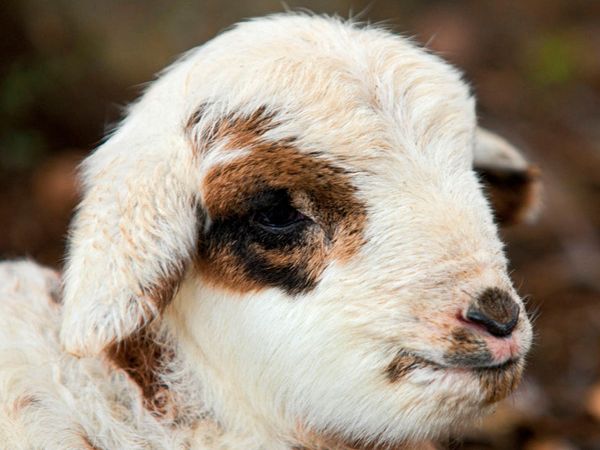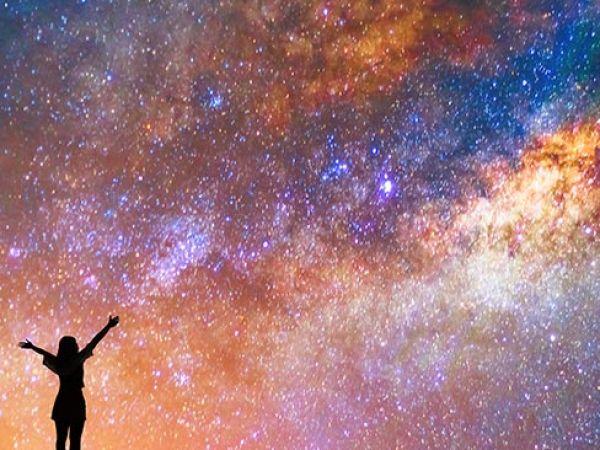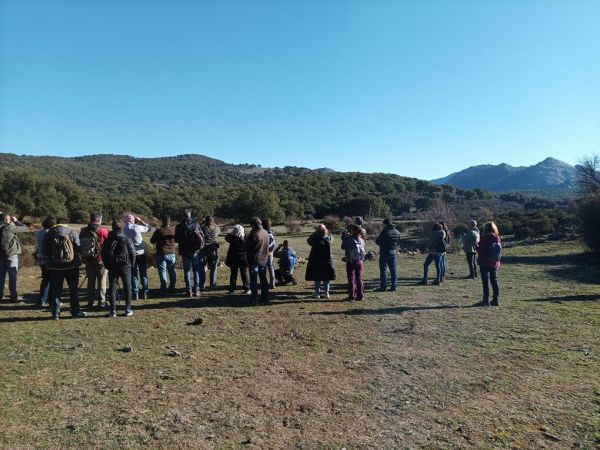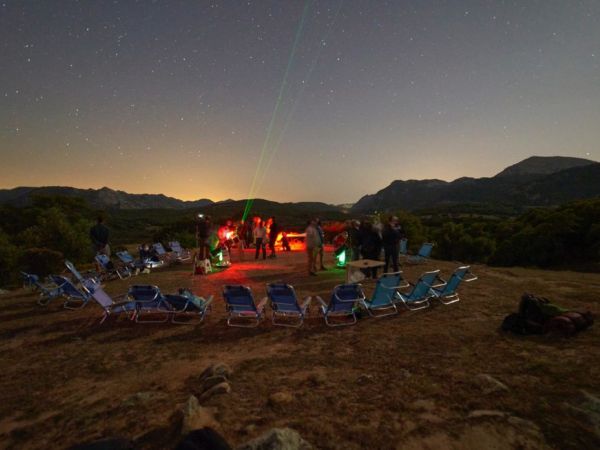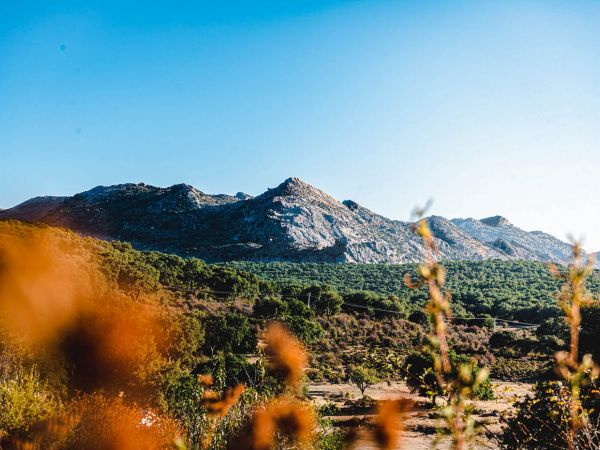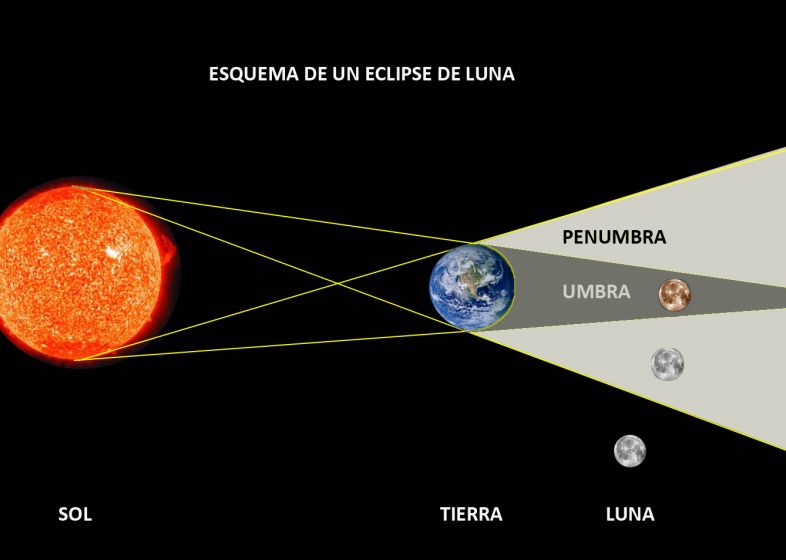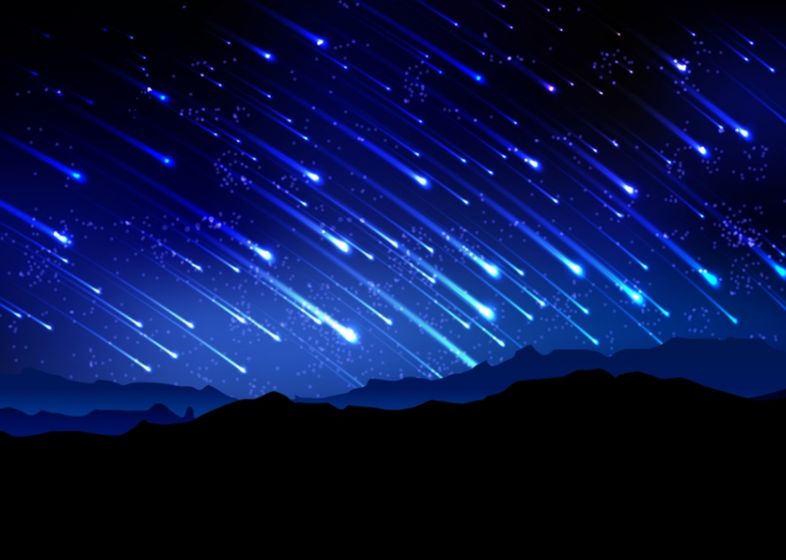The astronomical calendar of the year 2022 promises to be dazzlin for stargazing
Come to Tambor del Llano to see the stars
These events include four chances to see Mercury and nine chances to see a meteor shower. We offer you a good sample of the most outstanding astronomical phenomena for the year 2022.
Check the Tambor del Llano Astronomy Nights program
At the beginning of January the Quadrantid shower will take place, which is different from other meteor showers because it comes from asteroids and not from comets.
In March we will have the spring equinox in the northern hemisphere, this means that the day and night have the same length.
April brings us the Lyrid shower. The days with the highest number of meteors will be April 22 and 23. These shooting stars are dust particles left by comet C / 1861 G1 Thatcher, discovered in 1861. There will also be a partial eclipse of the Sun that will take place on April 30 but that will only be visible in the southeastern Pacific and southern South America.
The meteor shower of the Aquarids: it will take place on May 6 and 7. It is an above-average rain, and is produced by dust particles left by the comet
On May 16 we will have a total lunar eclipse. We will see the so-called "blood moon". Visible in America, Europe and Africa.
On June 14, the supermoon called strawberry moon is presented. The Moon will be near its closest approach to Earth and may appear slightly larger and brighter than usual.
The June solstice brings us the first day of summer on June 21 in the northern hemisphere and the first day of winter (winter solstice) in the southern hemisphere.
On July 13 we will observe the supermoon called deer moon. This full moon was known to early Native American tribes as the Buck Moon or deer moon, because the male deer began to grow their new antlers at this time of year. We will see it a little bigger and brighter than usual.
Rain of Delta Aquarids on July 28 and 29 produced by the debris left by comets Marsden and On August 12 we can see the supermoon known as the Green Corn Moon and the Grain Moon. It is the last of three supermoons for 2022.
The middle of this August will see the Perseid meteor shower produced by Comet Swift-Tuttle, which was discovered in 1862. The Perseids are famous for producing a large number of bright meteors. Unfortunately, this year's nearly full moon will block out all but the brightest meteors.
On September 16 we will see Neptune at its closest approach to Earth, and its face will be completely illuminated by the sun. It will be brighter than any other time of the year throughout the night. It will look like a small blue dot.
Draconid Meteor Shower on October 7. There will only be about 10 meteors per hour. It is produced by dust grains left behind by Comet 21P Giacobini-Zinner, which was first discovered in 1900.
Orionid meteor shower on October 21 and 22. It is produced by the dust grains left by Halley's comet, known and observed since ancient times.
Partial Solar Eclipse on October 25: It will be seen in Europe, Northeast Africa and West Asia. Where it can best be seen, in parts of western Russia and Kazakhstan.
Taurid Rain: The rain runs annually from September 7 to December 10. This year it peaks on the night of November 4.
On November 8 there will be a total lunar eclipse that will be seen in Mexico, Asia, Australia, the Pacific and all of America. During this type of eclipse, the Moon will gradually darken and then turn blood red or rusty.
November 17 and 18 Leonid shower that is unique because it has a cyclonic peak approximately every 33 years where hundreds of meteors can be seen per hour. The last one occurred in 2001.
Geminid Meteor Shower in mid-2010 Many consider it to be the best meteor shower in the sky, producing up to 120 multi-colored meteors per hour at its peak. It is produced by debris left behind by an asteroid known as 3200 Phaethon.
Ursid Rain: December 21 and 22. It is produced by dust grains left behind by Comet Tuttle, which was first discovered in 1790.
Tambor del Llano. Astronomy sessions and workshops throughout the year 2022
Other highlights
Tambor del llano:
Enjoy nature in one of Spain’s most beautiful and unique spaces.
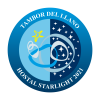

Visit us
Alto de Los Alamillos. Cañada Grande 11610, Grazalema (Cádiz)
Andalusia Tourism Registry RTA : H/CA/01403


